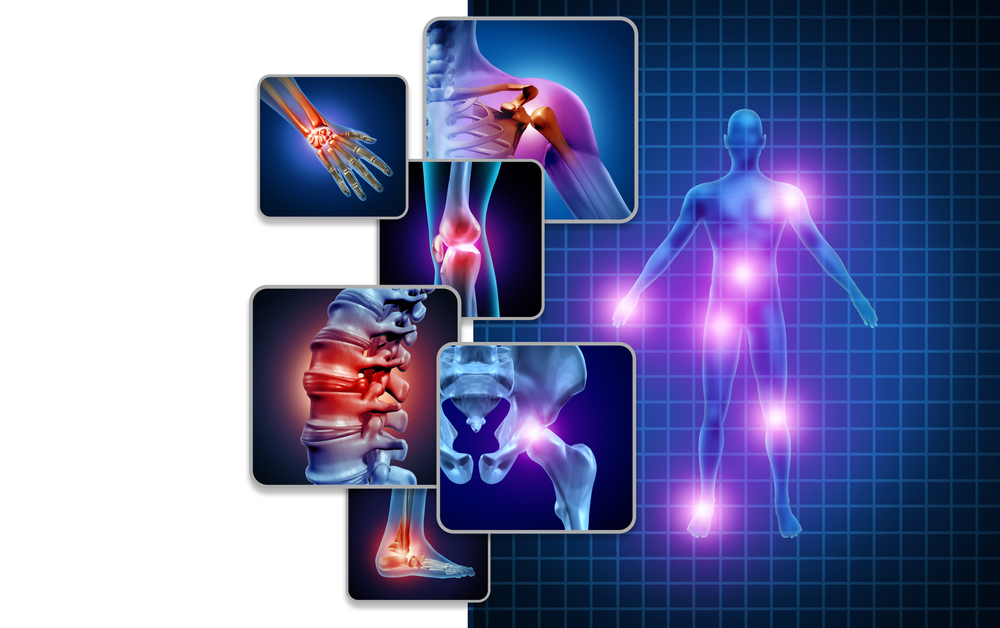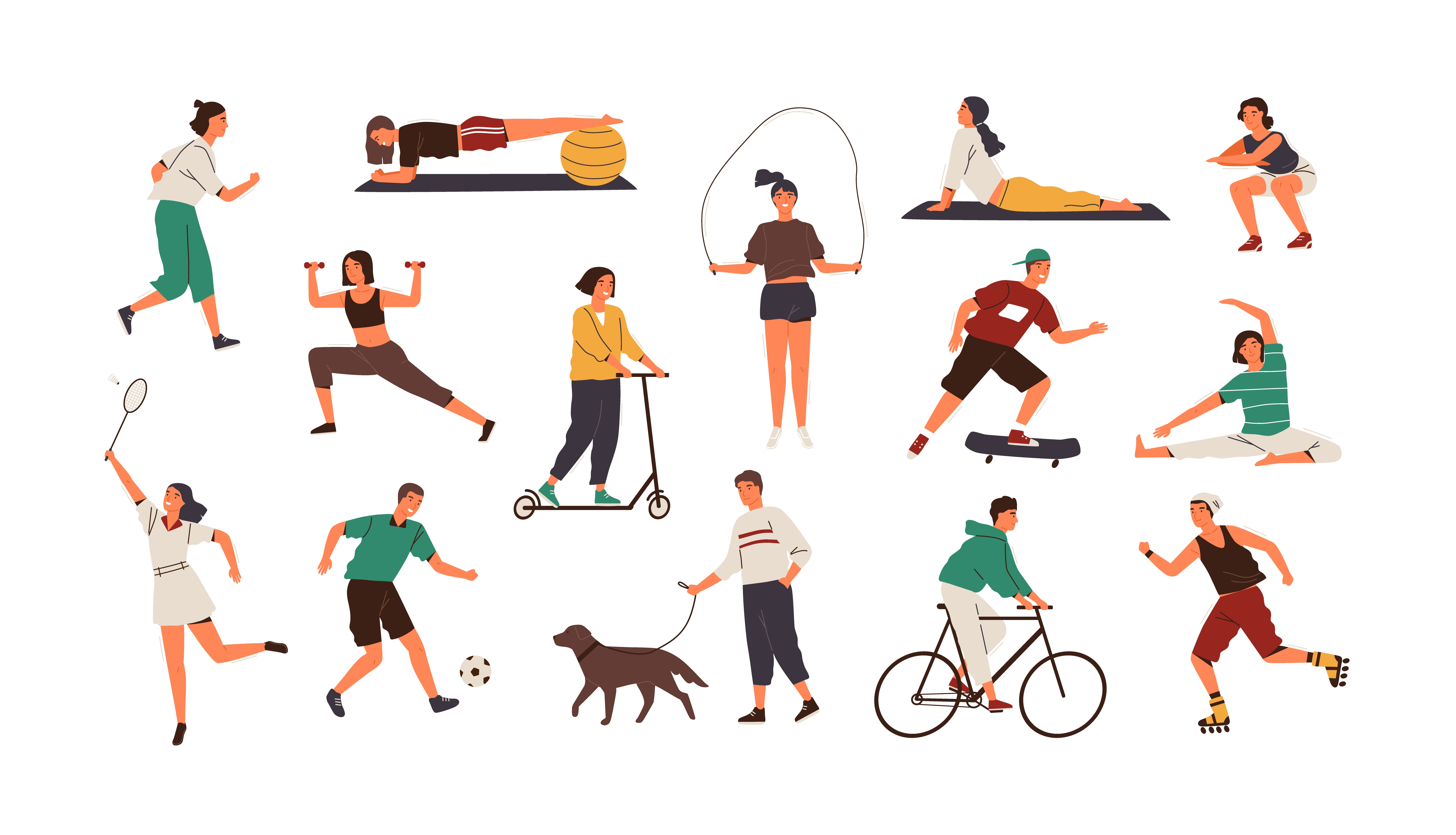

We all know ageing brings in various changes in everyone’s body. Commonest is greying of hair. Greying is visible to eyes and in today’s world we have kind of accepted that premature greying is real. Few people enjoy no or little greying till the age of 50 or sometimes more, whereas few keep struggling with that as early as 20s or in some cases even before. When it comes to joint pains, specially knee, hip, ankle and other large joints we usually don’t think that it may be a start of osteoarthritis which is also age related change.
Osteoarthritis is the normal wear and tear of the joint and is one of the senile changes inside the joint, similar to greying of hair, only difference being greying is painless whereas joint changes are in most of the cases painful. Now, if someone complains of knee pains at 65, we know for a fact that it is a natural thing to expect at that age. But we need to be cautious and aware of the early onset of this change which is on the rise. Usually people may have a history of trauma, accident, fracture or ligament tear which may be the trigger for early onset of arthritis. But there is a considerable group of population in whom we may get to see early changes in joint line similar to osteoarthritis as early as 35- 40 years of age.
Book an Appointment with Physiotherapist Dr Anindita Majumdar Bhattacharya for arthritis concerns.
The reasons to these are usually joint destruction due to improper usage or overuse of the joints, muscle weakness leading to increase in joint loading, posture abuse ie. Overuse of certain postures, accelerated aging pertaining to poor lifestyle, etc.
The commonest manifestation as we know is pain, restricted movement with or without swelling. A simple visit to a physiotherapist can help you know whether your journey towards osteoarthritis has already begun or not.

Simple test to check-

Prevention of early onset
Must Read : Role of physiotherapy in women's health .
.jpeg)

How much ever costly implant is put after a joint replacement, one cannot duplicate a natural joint’s function and mobility. So in an individual’s best interest joint preservation and thereby increasing function and life of a natural joint is a matter of smart choice.
So next time your knee gives out a crackling sound visit an experienced physiotherapist who will evaluate your joint and other factors affecting it and help you preserve your joints to ensure longevity and functional range of the joint in question. Surgical options do help with pain reduction but conservative management is in the best interest of a person with osteoarthritis. Once joint is worn off to an extent that is interfering with the person’s day to day activities that is the time conservative approach and management won’t work, and the person needs an artificial joint.

Early evaluation in cases of doubt should be considered as joint can preserved, movements can be restored and disease progression can be limited. This article was submitted to increase awareness around early osteoarthritis in women and men.
World Arthritis Day is observed on October 12th each year to build awareness. Though osteoarthritis is a change that comes in with aging, but early onset should and must be prevented. Nothing can replace the effect of scientifically carved out joint preservation exercises.

Children and teens may experience an early onset of arthritis due to various reasons. Early arthritis is due to several factors, including autoimmune and inflammatory conditions, environmental triggers, and genetic factors. Lifestyle factors like obesity, repeated stress on joints, and smoking can also cause early arthritis.

It is not easy to identify early arthritis, as the symptoms are mild. However, some of the evident signs of early arthritis are stiffness of joints, especially in the morning, persistent joint pain and swelling.

Yes, there is a possibility of developing arthritis in your 20s. Rheumatoid arthritis is also common among young people. Early arthritis is mainly due to autoimmune disorders and joint injuries.

It is not possible to cure early arthritis, including rheumatoid arthritis, osteoarthritis and psoriatic arthritis. However, early diagnosis of the condition can help manage or alleviate symptoms. Early medical intervention limits joint pain and improves the quality of life.